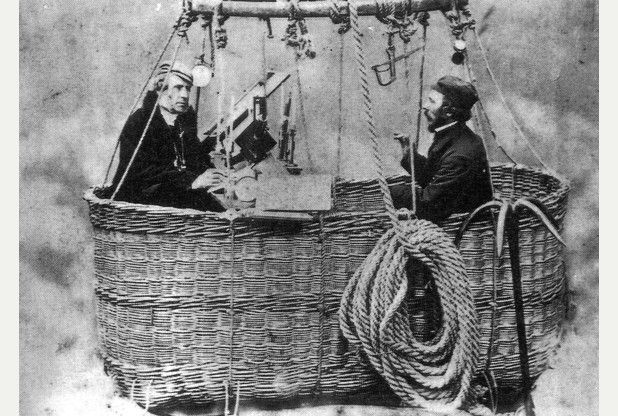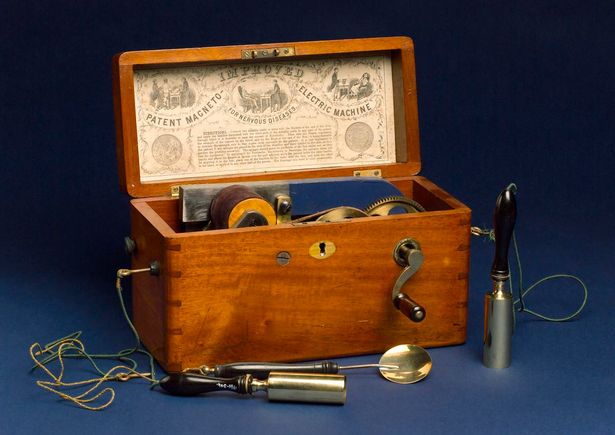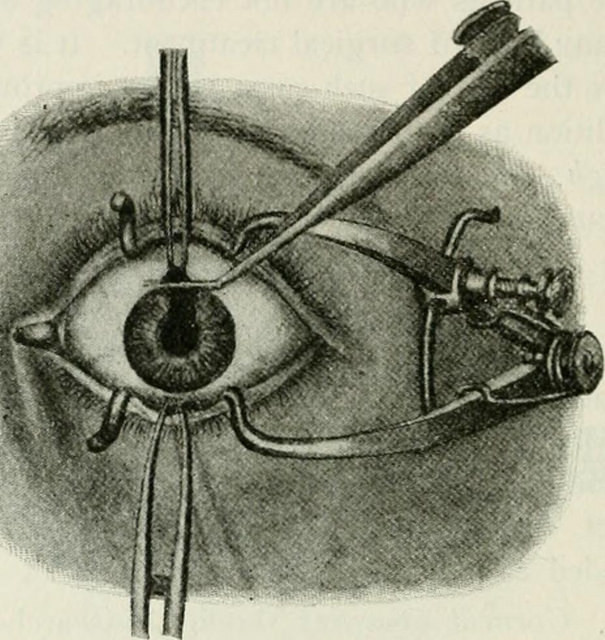Science in the time of the Victorians was very strange indeed. Still in its infancy, the practice was very much experimental during the period, leading to a whole range of bizarre activities. Tipping into the age of discovery, the Victorians used scientific practices to test a whole range of strange theories. These bizarre experiments might not have shed much light on how the world works but they certainly went down in history.
- The First Hot Air Balloon In Space
Before rockets were a thing, there was no end to the ways in which the Victorians tried to expand their understanding of the universe. Lacking more complex technology, professionals at the time turned to hot air balloons in order to take their research to the skies. In 1862, James Glaisher and Henry Coxwell set off on the first manned hot air balloon trip into space, aiming to get far out beyond the earth’s atmosphere. After having reached 11 kilometers into the sky, both men blacked out, having released a safety cord before doing so. Incredibly, the hot air balloon and the men survived the trip, although they didn’t make it as far out as they had hoped.
- Telepathic Interviews
Getting to the heart of the matter has always been the interviewer’s task. While journalists have traditionally used communicative methods in order to discover what is on the interviewee’s mind, one Victorian writer went above and beyond the call of duty to uncover the truth. Editor of The Pall Mall Gazette, W. T. Stead championed alternative forms of communication, believing he could speak to people using his mind alone. At the time, psychic abilities were a huge conversational topic and it wasn’t strange that Stead should turn to such methods in his work. While Stead’s abilities were never proven, his colleagues believed wholeheartedly in his talents, even claiming that the editor was telepathically updating them on the sinking of the Titanic, upon which he was doomed to die.
- Life On Mars
Our closest neighbor in space, Mars has proved to be a point of fascination for hundreds of years. The Victorians were no different and as their scientific knowledge grew, so did their interest in the red planet. In a bid to find out more about the solar system, a French aristocrat set about planting a network of giant mirrors around the globe. The project, beginning in 1892, would use light reflection to communicate with Mars, sending morse code messages to potential inhabitants on the planet. While the project initially gained traction, it soon fell into decline after professionals revealed the planet was moving too far away from the earth for aliens to pick up on the messages.
- Tests In Masculinity
For the the Victorians, there were few things more important than manliness. At the time, men were expected to act and present themselves in a certain way and anything that went against the grain was considered unnatural. When a man possessed weaknesses, Victorian scientists put him on a course of treatment that would send electric shocks to his genitals. The theory was that the electricity would act as a stimulant, curing the patient of impotence. Funnily enough, the instruments never caught on and almost as soon as they were released, they fell into decline.
- Eye Imprinting On Criminals
A practice that was just as grisly as it sounds, optography involved analyzing the eyeball to reproduce the last image that it took in. While the practice has been all but forgotten today, in 1880, it was big news, used by professionals trying to uncover more about the crimes committed around them. It was not unusual for optography to be used on the decapitated heads of criminals in order to understand more about what they had seen before dying. The practice continued to be respected until the early 20th century, with murderers even destroying their victims’ eyeballs to destroy any trace of their identity.






